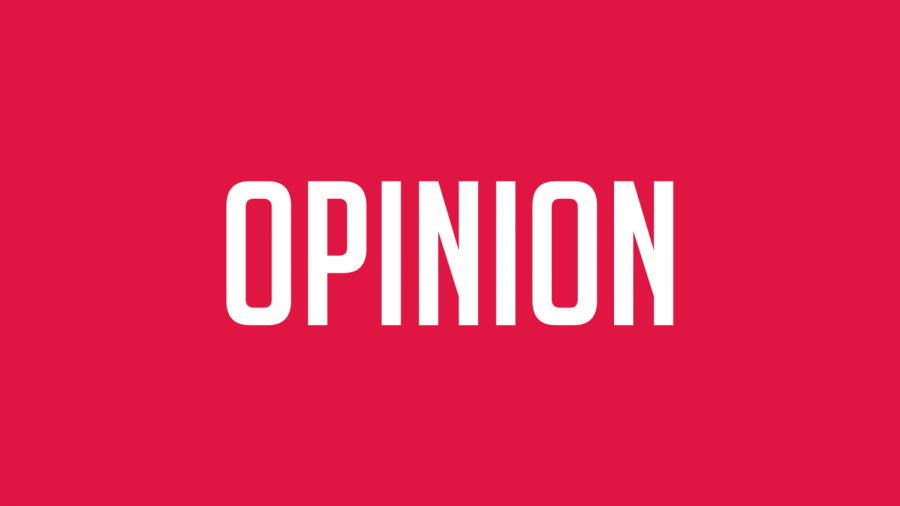OPINION: Bird machine broke: is Twitter beyond fixing?
November 14, 2017
Facebook founder Mark Zuckerberg gleaned positive reviews last week when users took note of Facebook’s algorithmic knack for targeting words and phrases potentially pointing to traces of suicidal ideation. The perceived at-risk users received a confidential message stating: “We’re sorry if your post was misunderstood. We checked in with you because we care about your well-being.” Along with the message was a list of resources, including The Trevor Project, the Veterans Crisis Line and the National Suicide Prevention Lifeline.
In stark contrast, Twitter raised some eyebrows for the wrong reasons when it awarded its implicit approval to Jason Kessler in the form of a covetous blue verified check mark. Kessler, a self-proclaimed member of the alt-right, was the organizer of the Charlottesville Unite the Right Rally taking place in August earlier this year.
Heather Heyer was slain at the event when 20-year-old neo-Nazi James Alex Fields drove his Dodge Challenger into a crowd of counter-protestors. Although he was an Ohio resident at the time, Fields was born in Kenton, Kentucky.
After the rally fizzled out like a half-spent firecracker, Kessler took to Twitter as a means of commentary, writing: “Heather Heyer was a fat, disgusting Communist. Communists have killed 94 million. Looks like it was payback time.” Kessler later backpedaled and blamed the now-deleted tweet on prescription drugs and alcohol.
As controversy surrounding Kessler’s verification swelled, Twitter founder Jack Dorsey brought the verification process to a grinding halt. Twitter Support tweeted: “Verification was meant to authenticate identity & voice but it is interpreted as an endorsement or an indicator of importance. We recognize we have created this confusion and need to resolve it. We have paused all general verifications while we work and will report back soon.”
Twitter’s esoteric explanation lends itself to more confusion.
It’s true, Twitter has loosened its standards for verification in recent years. The blue badge initially indicated a degree of celebrity, to sift through real people and the inevitable impersonators. The process was predicated on Twitter dodging ensuing lawsuits and it worked.
The current verification process prefers applicants who have a website, brand and some degree of influence. Even in odd instances of manufactured fame and bought followers, Twitter is still required to greenlight the blue check. As a result, the process is inherently an indicator of importance.
However, users shouldn’t take Twitter at their word. Twitter has a long history of issuing useless platitudes like “we’re working on this,” but rarely are its problems ever addressed.
Problems of harassment are still especially prevalent. Unfortunately, Twitter is too thirsty for engagement to recognize the very real problem on its hands. Jack Dorsey acts as a man of moderation, because Twitter is afraid of alienating the right or the left when it comes to minimizing extremist voices on their website.
After Milo Yiannopoulos was permabanned for promoting hate and inspiring racist rhetoric against comedian Leslie Jones, the alt-right’s backlash was swift. The negative response ultimately worked, because it effectively castrated Twitter from consistent future moderative action.
Twitter offers some tools to quell abuse. There are options to block or mute other users. However, neither of these actions stop actual abuse from happening.
Only Twitter can fix Twitter. And from the looks of it, that’s a lesson Jack Dorsey hasn’t learned yet.






















